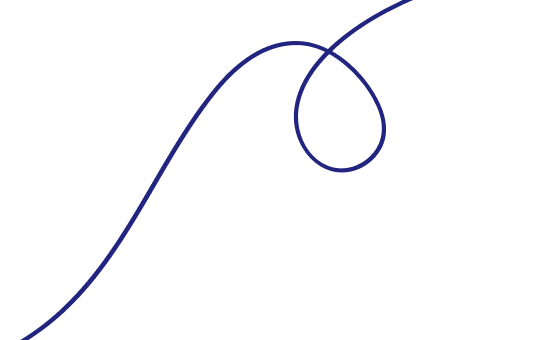
Static, Dynamic, Custom, and Responsive Website Design: A Complete Guide
Discover the key differences between Static, Dynamic, Custom, and Responsive Website Design. Learn how each type works, their benefits, and which one suits your needs best. Whether you need a simple site, an interactive platform, a fully customized solution, or a mobile-friendly design, this guide has you covered.
Static, Dynamic, Custom, and Responsive Website Design: Which One is Right for You?
In today’s digital world, having a website is essential for businesses, freelancers, and individuals. But before creating one, it's important to understand the different types of website designs. The four main types are Static Website Design, Dynamic Website Design, Custom Website Design, and Responsive Website Design. Each serves different purposes and offers unique benefits.
This guide will help you understand these website types, their pros and cons, and how to choose the right one for your needs.
1. Static Website Design
A static website consists of fixed web pages with content that remains the same for all visitors. These websites are built using HTML, CSS, and sometimes JavaScript, without a database or server-side processing.
Pros of Static Websites
- Fast loading speed since there is no database or dynamic processing.
- Cost-effective as it is easy and affordable to develop and host.
- More secure due to the lack of a complex backend or database.
Cons of Static Websites
- Limited functionality with no interactive elements or real-time updates.
- Difficult to update, as any changes require manual coding.
Best For
- Small businesses
- Personal portfolios
- Informational websites
2. Dynamic Website Design
A dynamic website displays different content based on user interaction, database queries, or other factors. These sites are powered by programming languages like PHP, Python, or JavaScript frameworks and often use content management systems (CMS) like WordPress.
Pros of Dynamic Websites
- Easy to update using a CMS without coding knowledge.
- Supports interactive features like user accounts, comments, and real-time updates.
- Scalable and can handle a large number of users and content.
Cons of Dynamic Websites
- More expensive to develop and maintain compared to static sites.
- Slower loading speed due to database interactions and dynamic processing.
- Requires regular security updates to prevent cyber threats.
Best For
- Blogs and news websites
- E-commerce platforms
- Membership and social networking sites
3. Custom Website Design
A custom website is designed and developed from scratch based on specific business needs. It provides full control over design, features, and functionality. These websites can be static or dynamic, depending on the project requirements.
Pros of Custom Websites
- Unique design tailored to match brand identity and business goals.
- Fully customizable functionality to meet specific user needs.
- Optimized for performance, SEO, and security based on business requirements.
Cons of Custom Websites
- High development costs compared to static and dynamic websites.
- Longer development time as everything is built from scratch.
- Requires ongoing maintenance and updates to stay functional and secure.
Best For
- Large businesses and enterprises
- Companies with specific branding and functionality needs
- Businesses that want a highly scalable and unique online presence
4. Responsive Website Design
A responsive website automatically adjusts its layout and content to fit different screen sizes, including desktops, tablets, and smartphones. This ensures a smooth user experience across all devices.
Pros of Responsive Websites
- Provides a consistent experience across all devices.
- Improves SEO rankings as search engines prioritize mobile-friendly websites.
- Increases user engagement by making navigation easy on all screen sizes.
Cons of Responsive Websites
- Requires more time and effort in design and development.
- Can be more complex to maintain, especially for websites with heavy content.
Best For
- Businesses targeting mobile users
- E-commerce websites
- Any website that wants a user-friendly experience on all devices
Which Website Design is Best for You?
Choosing the right website design depends on your needs, budget, and the type of content you plan to display.
- If you need a simple, fast, and affordable website, a static website is a great choice.
- If you want a website with interactive elements and regular updates, go for a dynamic website.
- If you require a fully customized solution tailored to your brand, a custom website is the best option.
- If you want your website to work seamlessly on all devices, a responsive website is essential.
Purva Kumari
Leave a comment
Your email address will not be published. Required fields are marked *


